Into the Domain of Snow and Sky
The Himalayas are more than fair mountains—they are a cauldron of soul, quality, and tranquility. Rising significantly over the soil, they draw globe-trotters from over the world to test their determination and discover peace in the hush of snow. Among the incalculable courses carved by icy masses and visionaries alike, one travel stands separated in its combination of magnificence, challenge, and social profundity: a set of three high-altitude wonders—the Everest Base Camp (EBC) trek, Island peak Climbing, and the Cho La Pass trek. This trip, which we call the Snowline Adventure, offers more than a trek—it’s an encounter that ties each pulse to the beat of the mountains.
EBC trek—Strolling the Steps of Legends
The trip starts with the famous Everest Base Camp trek, a trek for trekkers and climbers alike. The trailhead at Lukla presents trekkers to a world of rippling supplication banners, yak caravans, and inviting Sherpa towns. As one rises through Phakding and Namche Bazaar—the dynamic exchange center settled into the mountains—the way weaves through pine timberlands, suspension bridges, and jaw-dropping vistas.
What makes the EBC trek interesting isn’t just its goal—the base of the world’s tallest mountain—but its inundation into Sherpa culture and the crude, unfiltered glory of the Khumbu locale. Rest days in Namche and Dingboche not only help acclimatization but also offer knowledge into nearby cloisters and the everyday life of mountain communities.
Upon coming to Everest Base Camp (5,364 m), trekkers discover themselves standing where legends start their rising. The Khumbu Icefall looms ahead, a solidified stream of blue and white, challenging climbers en route to Everest’s summit. For numerous, fair coming to base camp is an accomplishment commendable of celebration — a put where individual limits are tried and redefined.
Cho La Pass trek—The Portal of Ice
From the base of Everest, the experience doesn’t conclude—it advances. The Cho La Pass trek takes those looking for assisted thrills over one of Nepal’s most invigorating tall passes: Cho La (5,420 m). It interfaces the Everest locale with the Gokyo Valley and requires not, as it were, physical perseverance but, moreover, mental determination.
Crossing Cho La is a specialized challenge. The rising includes soaked trails, frigid edges, and an ice sheet crossing—all set against the dreamlike scenery of snow-laced mountains and penetrating blue skies. The territory is elusive and requesting, particularly in colder months, but the remuneration is exceptional: separation, tranquility, and the sacrosanct hush of snow.
As trekkers slip into the Gokyo Valley, they are welcomed by turquoise cold lakes, the Ngozumpa Icy Mass (Nepal’s longest), and the mesmerizing view from Gokyo Ri (5,357 m)—where peaks like Everest, Lhotse, Makalu, and Cho Oyu stand in an idealized panorama.
The Cho La Pass is more than a path; it’s a ceremony of entry. It tests your resolve and clears you out—lowered and exhilarated.
Island peak Climbing—The Last Ascent
For those still longing for higher ground, the third and most impressive chapter of the Snowline Adventure unfurls: Island peak Climbing (6,189 m). Known locally as Imja Tse, this glaciated monster sits like a gem among the white peaks of the Himalayas, winning its moniker from the early British pioneers who thought it looked like an island in an ocean of ice.
Island peak is classified as a trekking peak, making it open to climbers with direct snow-capped encounters. But don’t botch openness for ease—the climb includes soaking snow and ice slants, stepping stool intersections over precipices, and a last thrust along a razor-sharp ridge.
Climbers regularly base themselves in Chhukung, a peaceful settlement tucked in the Imja Valley. After acclimatization climbs and equipment checks, they make their way to Island peak Base Camp and, at that point, to Tall Camp, resting some time before the midnight summit push.
The last rising is both tiring and great. Each step toward the summit requires center, stamina, and conviction. But once at the beat, a 360-degree view of the whole Khumbu locale—counting Ama Dablam, Baruntse, and the towering Everest massif—offers an extraordinary reward. The summit is not a fair put; it’s a minute where soil and soul meet.
Threads of Culture and Connection
What really weaves the EBC trek, the Cho La Pass trek, and Island peak Climbing into an adventure is not fair to their shared geology but to the social embroidered artwork that ties them. All through the trip, trekkers are invited by the Sherpa individuals, whose versatility and warmth add meaning to each mile.
Monasteries such as Tengboche and Pangboche welcome minutes of calm reflection, whereas mani stones and chortens along the trails resound centuries of commitment. Each town, from Lobuche to Gokyo, offers impressions into high-altitude life—where survival and celebration go hand in hand.
Local guides and watchmen ended up as companions, storytellers, and some of the time helpers, changing a single travel into a shared human experience.
Preparing for the Snowline Saga
Embarking on this set of three Himalayan challenges is not to be taken lightly. Trekkers must plan both physically and mentally:
Fitness: Cardio perseverance, quality preparation, and height conditioning are crucial.
Gear: Legitimate layers, trekking posts, ice tomahawks, crampons, and climbing tackles are essential.
Acclimatization: Continuous rising, rest days, and hydration offer assistance in anticipating elevation sickness.
Guides: Contracting experienced nearby guides guarantees security, particularly amid icy mass intersections and summit climbs.
Timing is too key. The best seasons are spring (March–May) and harvest time (September–November), when the skies are clear and trails are passable.
The Persevering Reverberation of the Mountains
When the travel closes—whether back in Lukla or Kathmandu—trekkers carry more than recollections. The Snowline Adventure clears out an engraving on the soul. It is a story of climbing, not fair in elevation but in mindfulness—a travel where limits blur and internal scenes are discovered.
In navigating the EBC trek, Cho La Pass, and Island peak, travelers take after a way etched by time, nature, and human goals. Each snowflake underneath tells a story; each breath at elevation develops understanding.
Conclusion: Composing Your Own Possess Snowline Saga
The Himalayas are regularly portrayed as otherworldly—a domain where soil appears to touch the sky. But their genuine enchantment lies in how they bring you back to yourself. The Snowline Adventure isn’t just a travel agenda; it’s an account of transformation.
So, bind your boots. Let the winds of the Khumbu whisper you forward. Cross icy masses, climb peaks, and pass through hush. And when you return, know this: you will never see the world—or yourself—the same way once more.


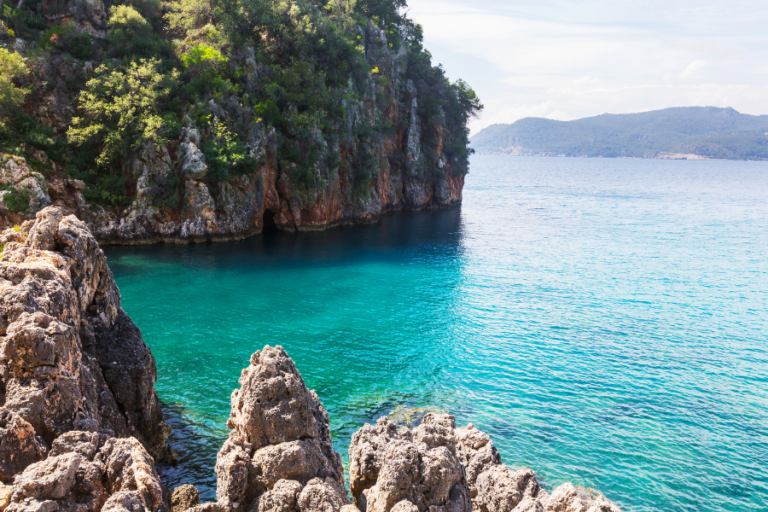
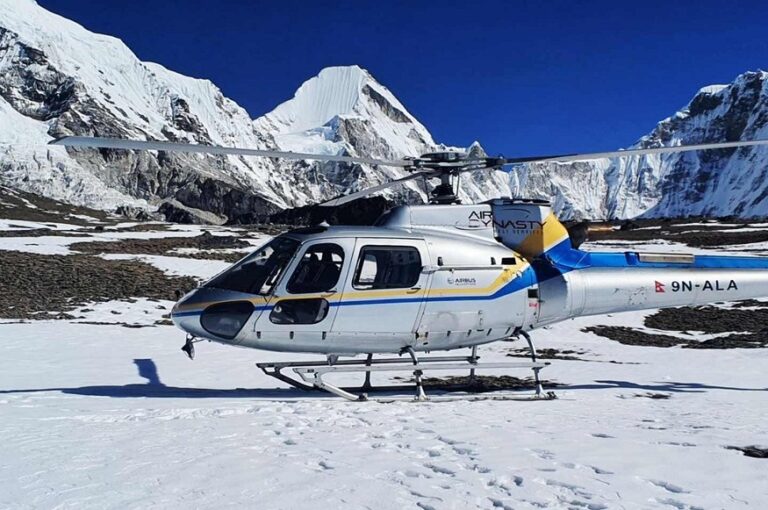
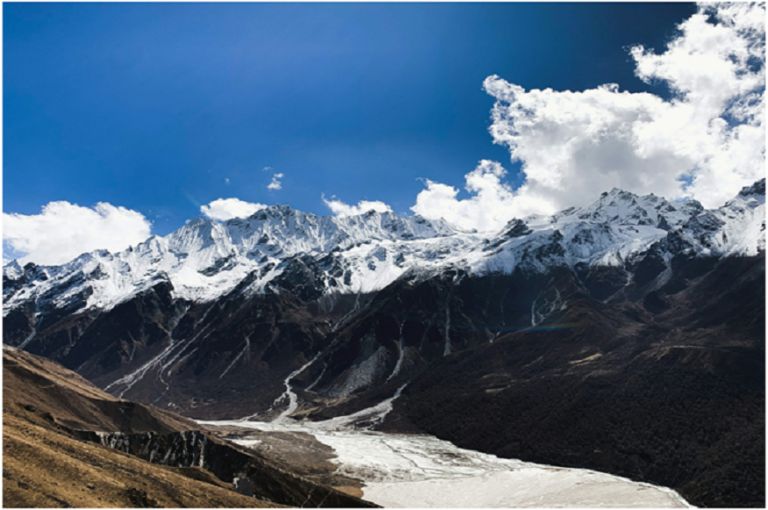
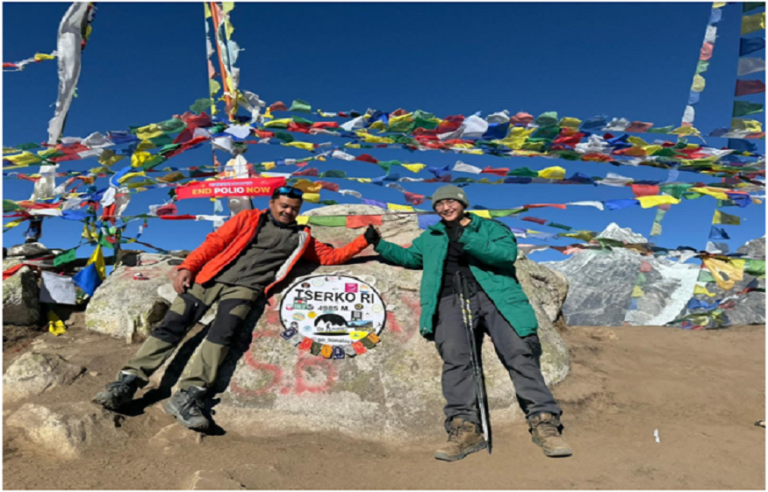
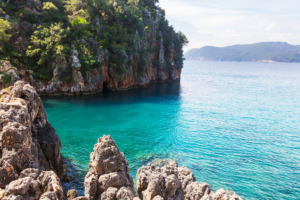
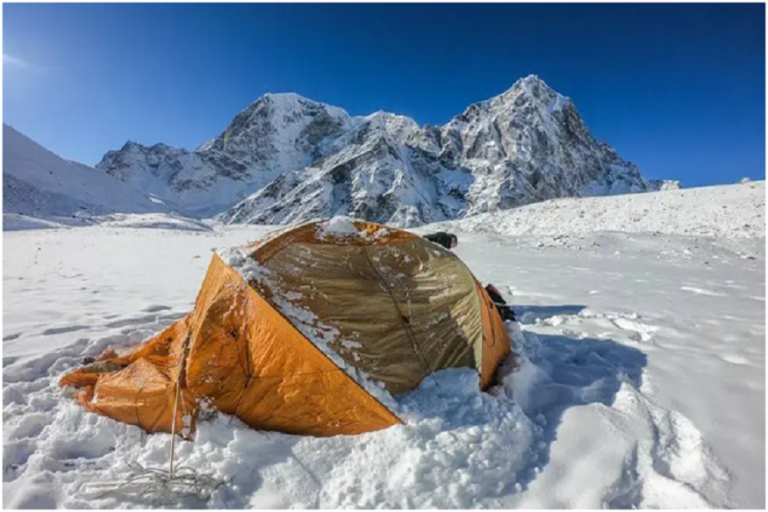
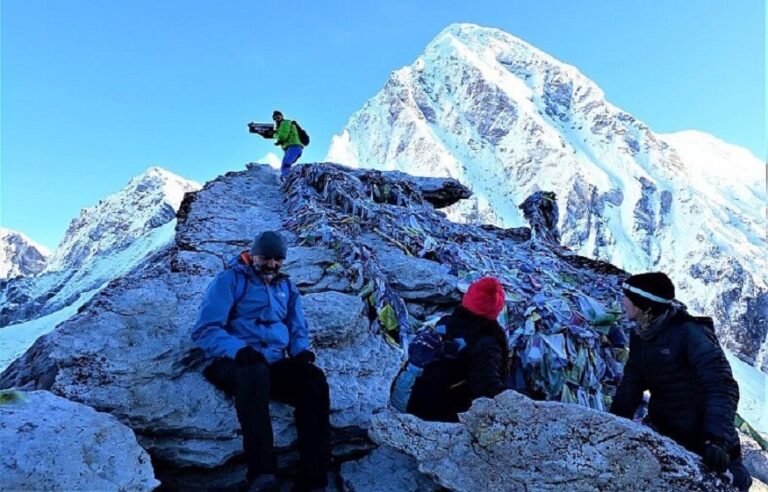
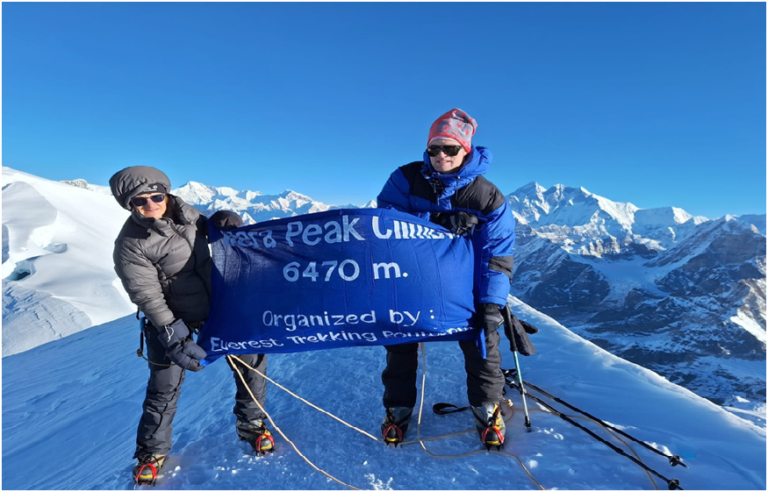
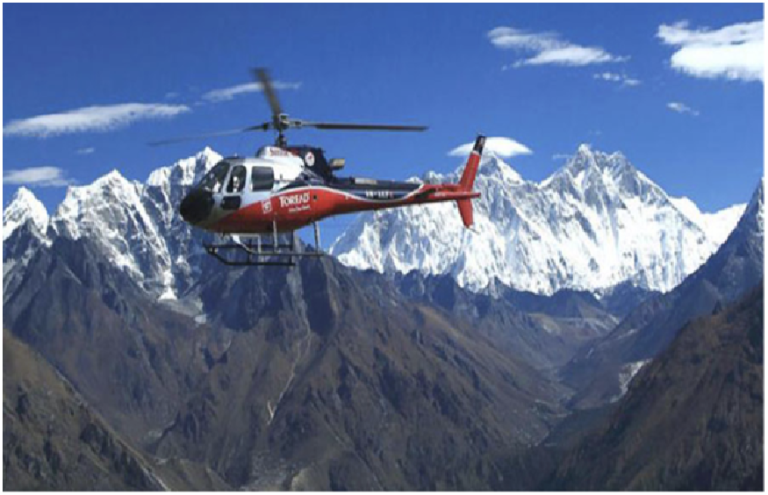
+ There are no comments
Add yours